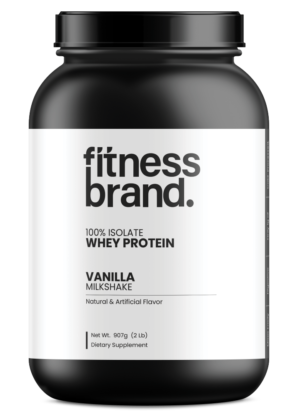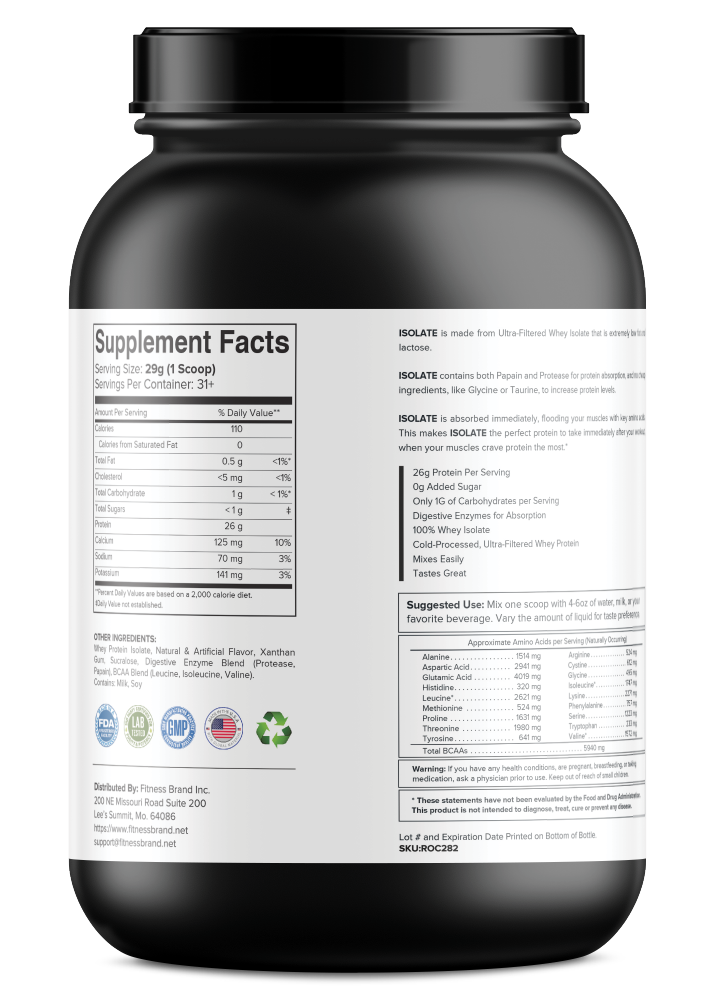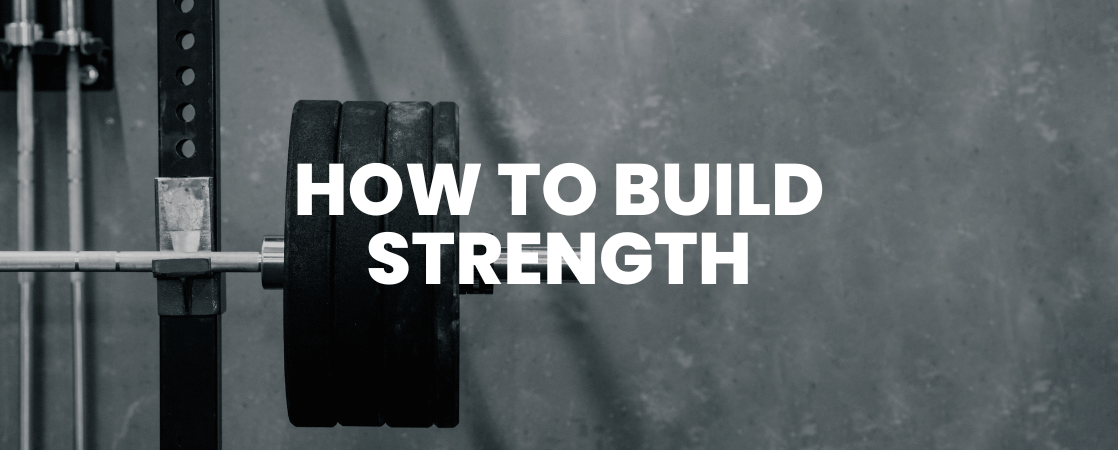Foundations of Strength Training
To build lasting strength, it’s essential to understand the foundational principles of strength training. By mastering concepts like progressive overload, periodization, and the importance of recovery, you set yourself up for steady gains and sustainable progress.
The Basics of Getting Strong with Strength Training
At its core, strength training relies on consistent, intentional practice with progressively heavier loads. This means lifting weights that challenge your muscles, increasing the demand gradually over time, and allowing for proper recovery.
- Consistency is Key: Building strength requires regular, structured training. Commit to a training frequency that aligns with your goals—typically two to four times per week for beginners.
- Form Over Weight: While lifting heavy is essential for strength, technique must come first. Poor form can lead to injury, derailing progress. Start with manageable weights and gradually build up as you refine your technique.
Strength training basics might sound simple, but consistency, proper form, and a clear structure form the backbone of effective strength training programs.
Progressive Overload for Strength Gains
Progressive overload is the principle that underpins strength gains. To get stronger, you must increase the demands on your muscles over time, encouraging them to adapt by growing stronger.
- How to Implement Overload: Increase weights, reps, or workout intensity in a gradual manner. The American College of Sports Medicine recommends lifting heavier weights or performing additional sets and reps to introduce new challenges7.
- Frequency of Overload: While consistent overload is essential, it’s important not to increase demands too quickly. Gradual adjustments allow your body to adapt without risking injury8.
Think of progressive overload as the driving force behind strength building. By challenging your muscles with incremental increases, you ensure they have a reason to grow stronger over time.
Periodization in Strength Workouts
Periodization is the structured planning of your training, usually divided into cycles that allow for progressive overload, recovery, and peak performance at specific times.
- Benefits of Periodization: Periodization helps prevent plateaus and reduces injury risk by mixing up workout intensities and goals. According to Helms et al., a periodized program helps keep motivation high and ensures that you reach your peak strength at planned intervals9.
- Types of Periodization: Popular forms include linear periodization, where intensity gradually increases over time, and undulating periodization, where intensity and volume vary in shorter cycles10.
Incorporating periodization into your program adds structure and strategic pacing, allowing you to target specific training goals throughout the year without overtraining.
Importance of Recovery and Rest for Muscle Growth
Recovery is as crucial to strength development as the workouts themselves. Muscles grow and strengthen not during the workout, but in the recovery period that follows.
- Rest Days and Sleep: Muscles need time to repair and grow. Taking at least one or two rest days each week, combined with 7-9 hours of sleep each night, optimizes recovery11.
- The Science of Recovery: When you lift weights, muscle fibers experience small tears that need time to heal. Protein synthesis and muscle repair occur during rest, making recovery periods essential for muscle gains12.
Failing to incorporate enough recovery time can lead to overtraining, burnout, and even injury. Embrace rest days as an integral part of your strength-building journey.
Technique and Safety: How to Safely Lift Heavier Weights
As you increase weight, prioritizing safety becomes crucial. Learning proper technique minimizes the risk of injury and allows for smoother progress over time.
- Master the Basics: Start with foundational movements like squats, deadlifts, and presses, which form the backbone of most strength routines. The American College of Sports Medicine emphasizes the importance of practicing these moves with light weights until form is consistent13.
- Use Spotters and Equipment: As you progress to heavier weights, safety equipment like lifting belts or knee sleeves can help stabilize and support your joints. A spotter can provide additional security for exercises like the bench press or squats14.
Technique and safety should always be top of mind. By lifting with proper form and awareness, you protect yourself and maximize the benefits of each workout.
Category: Strength Building



